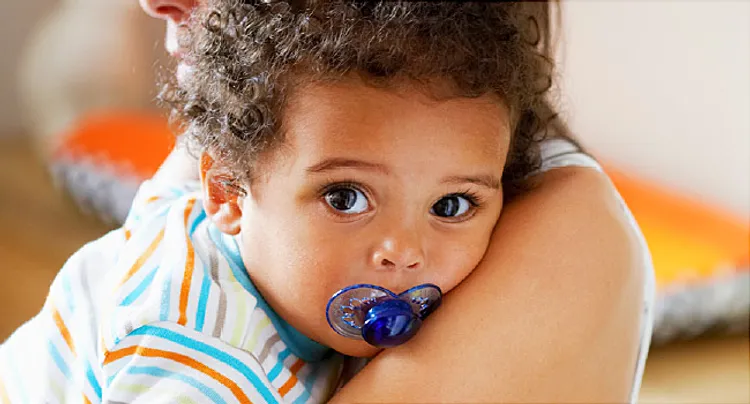Hello ladies and gents this is the Viking telling you that today we are talking about
Pacifiers: In or Out?
Parents have relied on pacifiers for ages to calm crying infants. But are they really right for your baby? Here’s a look at the plusses and pitfalls.
Pacifier Pros
Some of the good things pacifiers can do for your baby -- and you -- include:
- Lower risk of SIDS. Pacifier use during naps or nighttime can prevent sudden infant death syndrome. Doctors aren’t sure how it works, but if you give your baby a pacifier while they are asleep, you might lower their risk of SIDS by more than half.
- Satisfy the suck reflex. Babies have a natural need to suck. The bottle or breast usually meets this need, but the desire can linger even after the belly is full. A pacifier can help. Just be sure it doesn’t replace mealtime.
- Encourage baby to self-soothe. Pacifiers can help babies learn to control their feelings, relax them, and make them feel secure. The comfort factor can be a double win: A calmer baby can mean calmer parents.
Binky’s Bad Side
There are strikes against pacifiers, too:
- Nipple know-how. Breastfeeding is a natural process, but it may take a while for you or your baby to get the hang of it. If you nurse your infant, hold off on the pacifier for the first few weeks -- that gives time for your milk to come in, and for both of you to get in a good nursing pattern. That way, your baby won't start to prefer pacifiers over the nipple. After that, studies show no link between pacifier use and breastfeeding troubles.
- Ear problems. According to one study, children who use pacifiers are almost twice as likely to get multiple ear infections as children who don’t.
- Tooth troubles. Some parents wonder if a pacifier will affect their kid’s pearly whites. Just make sure your baby doesn't use them long term, experts say. “Before age 2, any problems with growing teeth usually self-correct within 6 months of stopping pacifier use,” says Evelina Weidman Sterling, PhD, MPH, co-author of Your Child's Teeth: A Complete Guide for Parents.
- After the 2-year mark, problems can start. Your baby's top or bottom front teeth may slant or tilt, Sterling says. And the problem can worsen as time goes on.
- “Pacifier use after age 4, which is when permanent teeth start to come in, can have major long-lasting effects on adult teeth,” she says.

Comments
Post a Comment